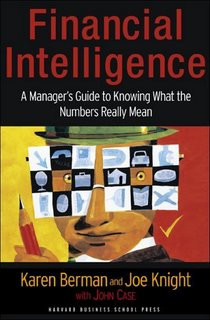P/Es for the Smart Money
We've all been taught that one of the first things to look at is the Price/Earnings ratio of any stock you are considering for purchase. And while hugely helpful, the P/E ratio does not take debt into account. In order to capture this part of the financial picture, you need another ratio - the enterprise multiple.
This number compares the hypothetical price tag on an enterprise - debt as well as equity - to the operating income from the business... Whenever Warren Buffett considers any company for possible purchase, do you suppose he is looking at its P/E?... I don't think so!
The enterprise multiple concept assesses a company as an acquirer would - with debt included in the purchase price.
Think about buying a house: If you put $200,000 down and assume a $500,000 mortgage, your purchase price for the real estate is $700,000, not $200,000. And if you were buying the entire company, you'd certainly worry about debt. So why should we as investors ignore it because we're just buying a few shares?... Does that make any sense?
Here's how to get the enterprise number. First, find the company's enterprise value, which reflects its entire capital structure. Then add stock market cap to liabilities and liquidating value of preferred, then subtract cash and equivalents. This is the net cost to a hypothetical buyer of all the business assets, including factories, inventory, software and brand values.
Next, divide enterprise value by operating income, in the sense of earnings before interest, taxes, depreciation and amortization.
By itself, an enterprise multiple of 10 is not bad. But it's a tip-off to the weakness of the balance sheet whenever this ratio is higher than the P/E of the company you are evaluating.
If you are going to use enterprise multiples, put them in context. Compare a company's multiple with that of its peers. You'd expect high multiples in industries with high growth (like pharmaceuticals) and low depreciation charges (like software or broadcasting). You'd expect lower multiples in industries with slow growth (cement) or big needs for maintenance-level capital expenditures (cement, railcar leasing). After all, the owner of a cement factory has to divert a large piece of his operating income to replacing worn-out machinery.
Finally, the enterprise multiple can also be useful for digging up hidden values. It is especially adept at turning a spotlight on cash-rich companies with no debt. And one of the best features of enterprise multiples is the way they allow you to see the value of a company that's losing money or has seen a horrendous profit dip.
* * * * *







